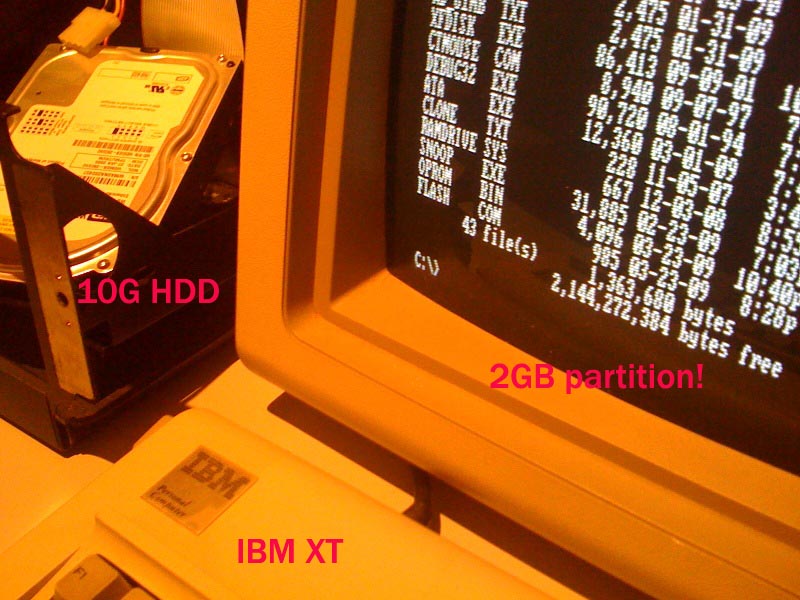hargle
Veteran Member
Sent it to you in email last night.When you are ready, please post the BIOS updating utility and I'll use it on my prototype so we can get more testing.
Before we do a small prototype PCB run we need to settle on if we want a PCB respin. I have about 4 small issues which could be fixed (presumably) in a respin but that'll add another 3 weeks at least. I recommend extremely thorough testing of the two prototypes and shaking down the requirements one more time to get in all the PCB changes. PCB respins are time consuming so we have to be very selective as to if they are needed. Right now, I think the value of a respin is highly questionable but more testing may turn up something critical.
If one of the things we wanted to do was really simple, like say a header for an external LED, could that layout work be done by hand, considering 99% of the layout between parts would be the same? Just thinking of ways that we might be able to avoid a 3 week turnaround for something easy and essentially bulletproof.
Yes, absolutely we want a bracket.One of my 4 respin items is adding a bracket. Have you decided on whether you want a bracket? If so, which one?
the ones that jameco sells:
hxxp://www.jameco.com/webapp/wcs/st...reId=10001&catalogId=10001&productId=1582356&
are PCI only, and $1.99 each, or $1.92 in 100+ quantities, so scratch that.
I munged the link to avoid confusion. we don't want those.
The ones we need (the keystone 9202) is available here:
http://mouser.com/Search/ProductDetail.aspx?qs=g5fiFmky/l4bFM8ICVGfOQ==
and are $1.45 in 100+ quantities.
There is a data sheet available on either page that shows the exact dimensions of where the tabs+holes are. If you want me to order a couple anyway, I'd be happy to.
Overall, I think that we should debug/test various hard drives on the wire wrap boards for about 1 more week, then if nothing major comes up, we should kick out an order of 5-10 PCBs with the current design and continue testing.
If need be, I will gladly just drill 2 holes in each PCB for mounting for now.
Those PCB get sent off to friends of the project, who can then continue the testing work in parallel.

